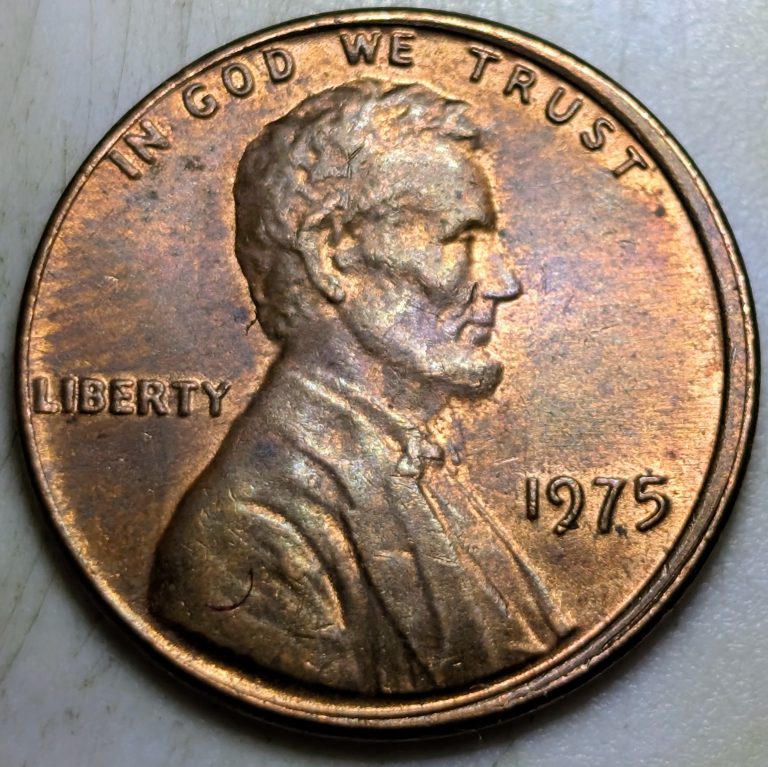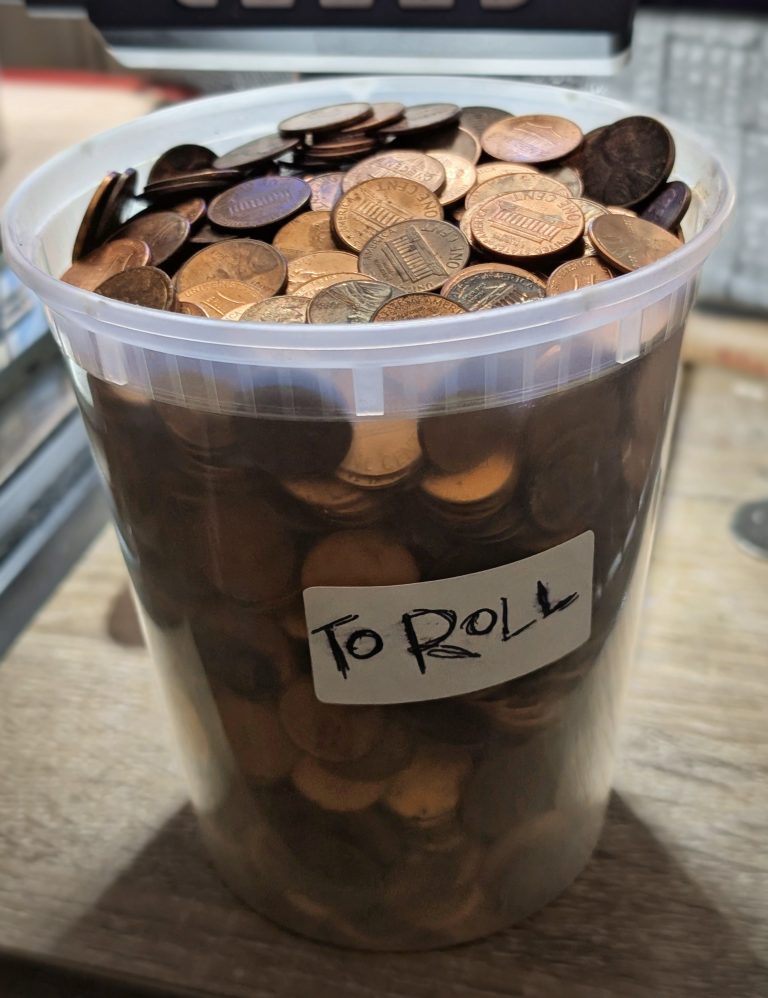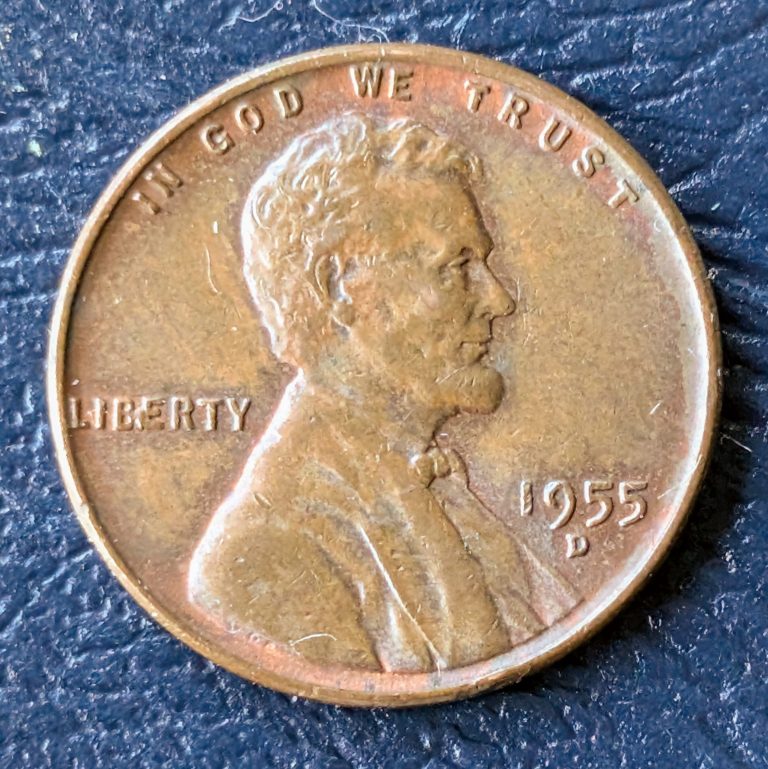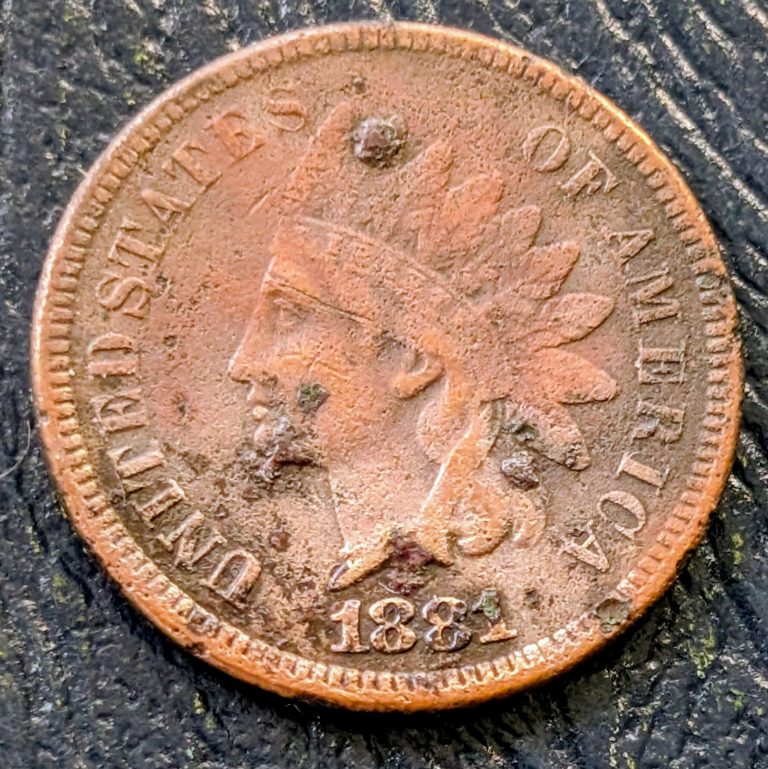How eBay Grading Terms Get Abused
eBay can be one of the best places to find coins, and one of the worst. The problem isn’t the platform itself, it’s the flood of listings from sellers who either don’t know what they’re doing or know exactly what they’re doing and hope you don’t.
One of the biggest issues is grading terms. “Uncirculated,” “BU,” “MS63,” “Gem,” “AU,” and others get thrown around constantly, often with no real justification. That’s frustrating for serious collectors and confusing for new ones trying to learn the ropes.
To reduce confusion, eBay no longer allows sellers to include terms like “MS65” or “AU58” in listing titles unless the coin has been professionally graded. That helps cut back on deceptive listings, but those same terms still show up in item descriptions and image overlays, where the rules are looser.
This post breaks down the most commonly abused grading terms on eBay, why they’re misleading, and how to protect yourself when buying raw coins online.
What Grading Terms Actually Mean
In the coin world, terms like MS63 or AU55 aren’t just sales fluff. They refer to specific grades on the Sheldon scale, which runs from 1 (barely identifiable) to 70 (a flawless coin). “MS” means Mint State and applies to uncirculated coins, while “AU” stands for About Uncirculated, just below that. These grades aren’t based on personal opinion, they’re based on industry standards.
When a coin is professionally graded by a company like PCGS, the grade is assigned by experts who follow consistent criteria. It’s not perfect, but it’s a lot better than trusting a random eBay listing from someone who typed “Gem BU” into the title and hoped for the best.
Uncertified coins can still be described using general terms like “uncirculated” or “about uncirculated,” but those descriptions should be used carefully and honestly. If a coin has obvious wear, it’s not uncirculated. If it has heavy contact marks, it’s not a gem.
Too often on eBay, these terms are tossed in to inflate perceived value. A cleaned XF coin might get listed as “AU” just to justify a higher price. That’s not just bad form, it’s bad for the hobby.
Why Sellers Inflate Grades
Most coins listed on eBay aren’t professionally graded. They’re raw coins described by the seller using whatever terms they think will help the listing sell. And let’s be honest, those terms are usually optimistic.
It’s smart to assume that a seller will grade their coin a little high. Whether that’s intentional or not, people tend to see what they want to see, especially when money is involved. A coin that might be VF gets called XF. An AU coin becomes MS. It’s not always malicious, but it does lead to a lot of disappointment.
This is where new collectors can get burned. If you take the listing at face value, you might overpay for a coin that isn’t close to the grade claimed. And even if the coin looks good in photos, it may have been cleaned, damaged, or altered in ways the description conveniently skips over.
eBay’s rule against putting grading terms like MS or AU in the title helps cut back on some of this nonsense, but it doesn’t fix the problem entirely. Plenty of sellers still pack the item description with exaggerated grading language. So always read carefully, zoom in on photos, and trust your own eyes more than the seller’s claims.
How to Protect Yourself When Buying Raw Coins
If you’re new to buying coins on eBay, start small. Pick up a few low-cost pieces to get a feel for how different sellers describe and photograph their items. This gives you a safe space to make mistakes and learn without getting burned too badly.
Stick to sellers with strong reputations and long histories. Accounts like Mbarr, APMEX, and JM Bullion are reliable sources with professional standards. They sell huge volumes and generally don’t bother with misleading descriptions or deceptive practices. When you’re unsure who to trust, see how their listings are written—then compare that to the language used by smaller sellers. You’ll start to see patterns fast.
Get familiar with how INAD (Item Not As Described) claims work on eBay. If a seller promises an uncleaned coin and you receive one that’s obviously scrubbed or polished, you’re covered. If they say a coin is XF and it shows obvious heavy wear in hand, you can open a case. But this only works if you’ve documented the problem and act within the return window. Don’t let coins sit around for weeks before checking them closely. This should never be used for buyer’s remorse, only when there’s a real mismatch between what was described and what you received.
It’s also worth seeking out sellers who offer no-questions-asked returns. That’s not just good service, it’s often a sign they stand behind what they sell. On eBay, offering 30-day returns can be a hassle for sellers, especially with coins, but the best ones do it anyway. When someone’s willing to take a coin back without a fight, it shows confidence and professionalism. Give those sellers your business. They’re the ones helping keep the platform trustworthy.
Closing Thoughts
Grading language on eBay is a minefield. Words like “BU,” “AU,” and “uncirculated” get tossed around so often that they’ve lost much of their meaning. Combine that with bad photos and no-return policies, and it’s easy to get burned.
The good news is that with a little skepticism and a few solid sellers, you can still find great coins online. Learn to read between the lines. Watch out for red flags. And when you find a seller who’s honest, clear, and consistent, stick with them. They’re rare, and they make all the difference.
If you’re not sure what those grading terms really mean, check out our post on The Difference Between Uncirculated and Mint State.
Geoff runs Genuine Cents, a straight talking coin education project built from hands-on experience and hundreds of hours examining coins. He is an ANA member and writes practical guides for new and returning collectors who want clarity instead of hype. If you want to reach him, message him on Instagram at @GenuineCents.




